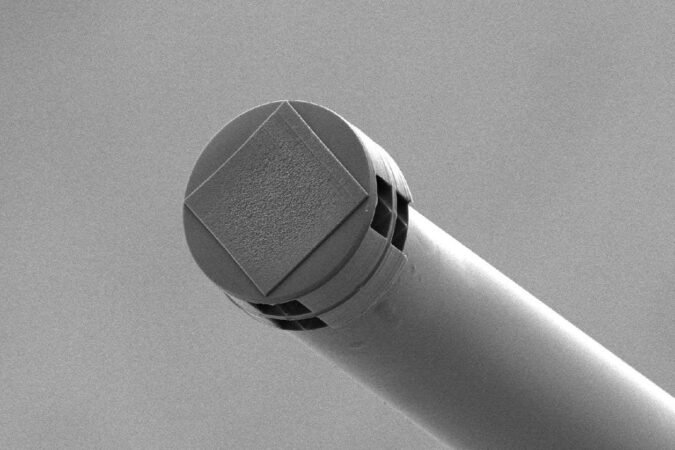Quick Takeaways
- A revolutionary AI chip developed by the University of Shanghai for Science and Technology is smaller than a grain of salt and can be mounted on the end of an optical fibre.
- This chip utilizes the physics of light to process data transmitted through the fibre, significantly enhancing speed and efficiency.
- Unlike conventional AI methods, it operates with substantially lower energy consumption and computational power.
- The innovation promises to accelerate data decoding processes that typically rely on slower, more energy-intensive external computing devices.
AI Chip Smaller Than a Grain of Salt Uses Light to Decode Data
In a groundbreaking development, researchers at the University of Shanghai for Science and Technology have created an artificial intelligence chip smaller than a grain of salt. This tiny chip sits at the end of an optical fibre, which allows it to use light for processing data.
This innovation marks a significant shift in data processing. Traditionally, decoding signals from optical fibres requires larger, more energy-intensive devices. However, with this new AI chip, data-processing becomes faster and more efficient. Thus, the reliance on bulky external computers decreases.
Optical fibres transmit data at the speed of light, providing incredible potential for data transfer. Still, the decoding process often lags behind due to the limitations of existing technology. The tiny chip changes that dynamic. By harnessing the physics of light, it decodes information in real time.
Furthermore, this AI chip consumes far less energy than typical AI solutions. This characteristic is crucial in today’s world, where energy efficiency drives technological innovation. In short, a smaller footprint and reduced energy consumption make this chip a game changer in the tech industry.
The potential applications for this technology are vast. Industries such as telecommunications can benefit from faster, more efficient data transmission. As businesses increasingly shift towards cloud computing, this advancement can streamline processes.
Moreover, industries relying on real-time data—like finance and healthcare—will find this technology advantageous. Faster data decoding could lead to quicker decision-making, enhancing overall productivity.
Overall, this development showcases how creativity and scientific exploration can lead to monumental breakthroughs. The integration of such advanced technology into everyday applications holds promise for future innovations.
In conclusion, the AI chip from the University of Shanghai for Science and Technology represents a significant leap forward in data processing. By using light rather than traditional methods, it paves the way for a future where technology operates at unprecedented speeds while conserving energy.
Continue Your Tech Journey
Explore the future of technology with our detailed insights on Artificial Intelligence.
Access comprehensive resources on technology by visiting Wikipedia.
SciV1

